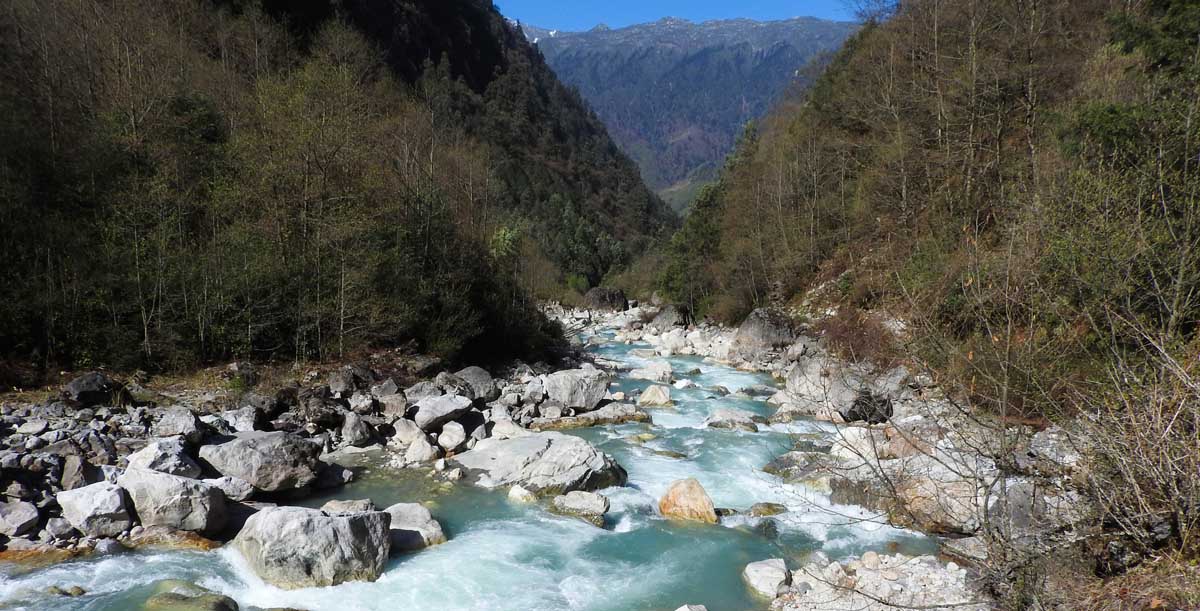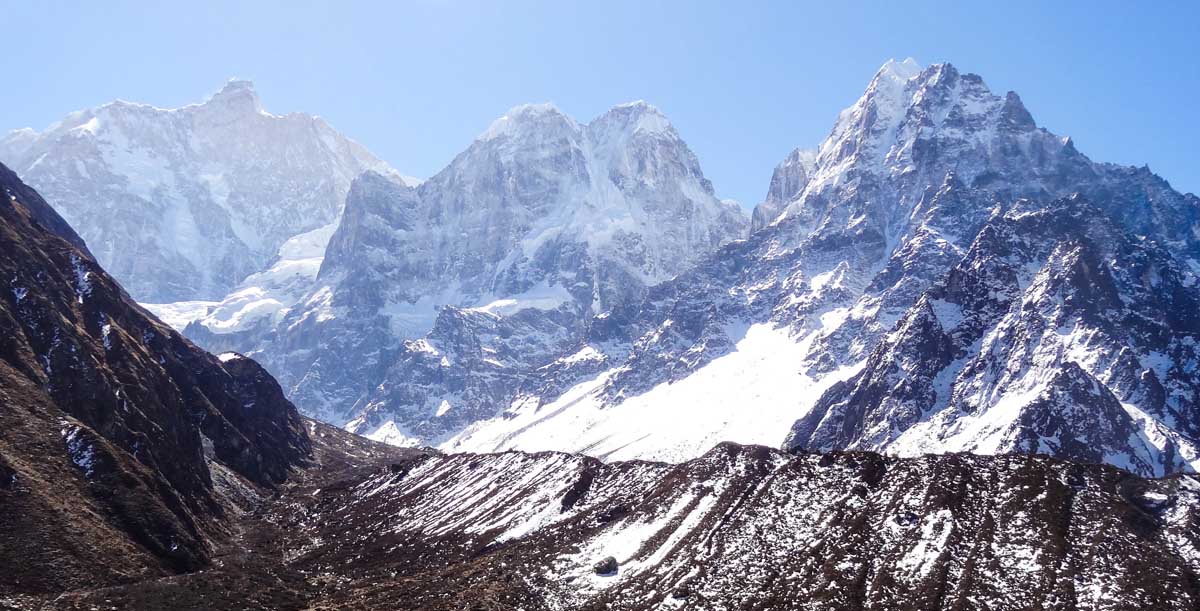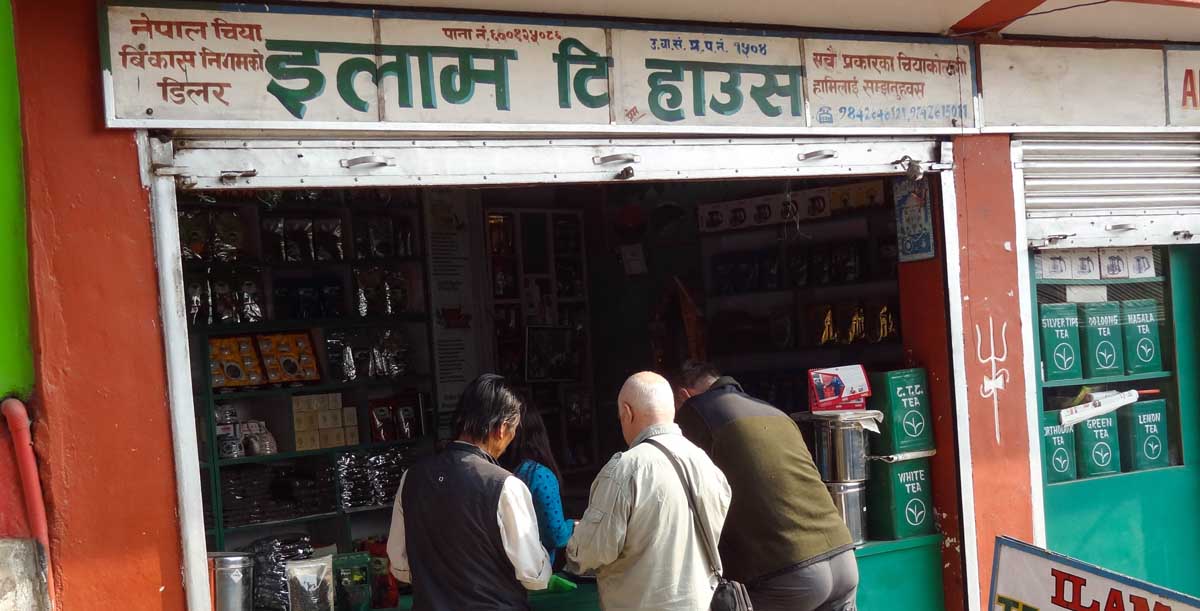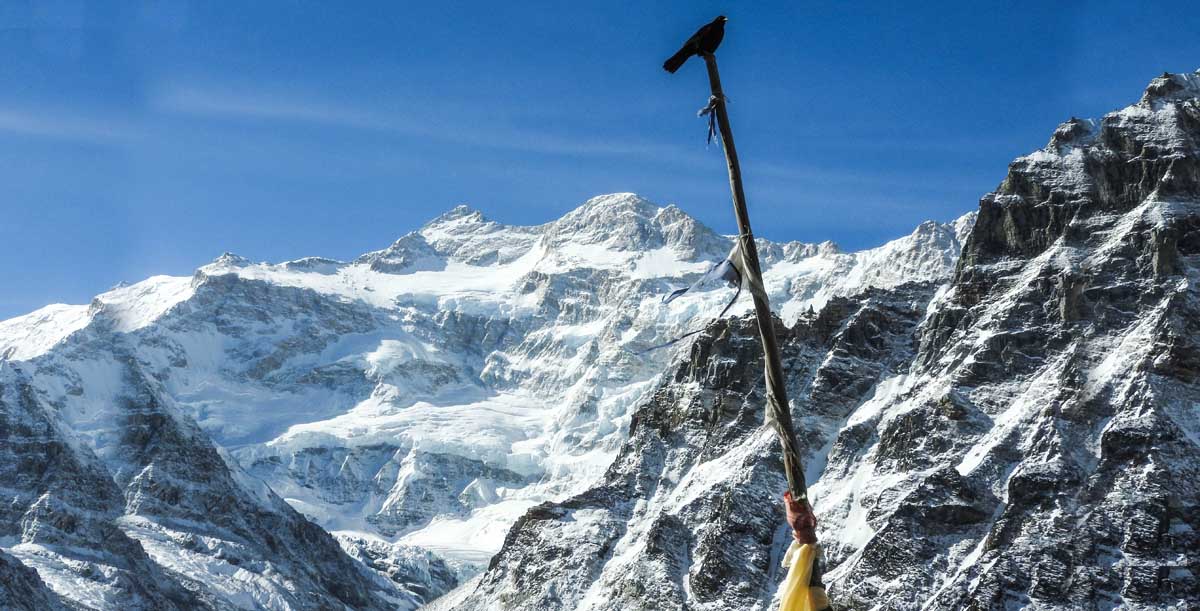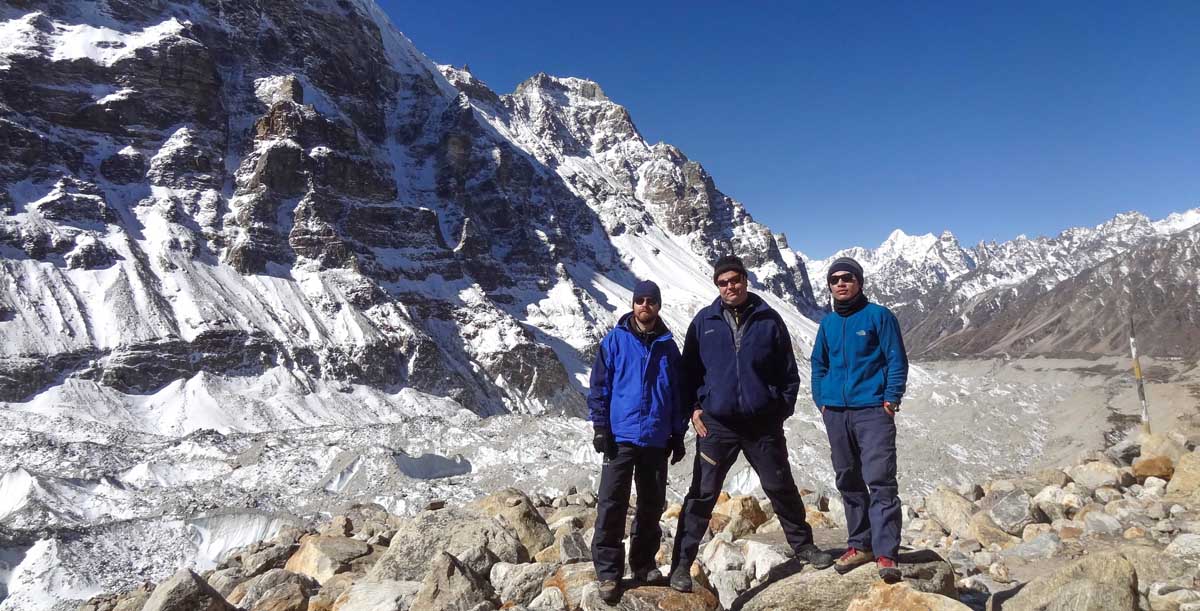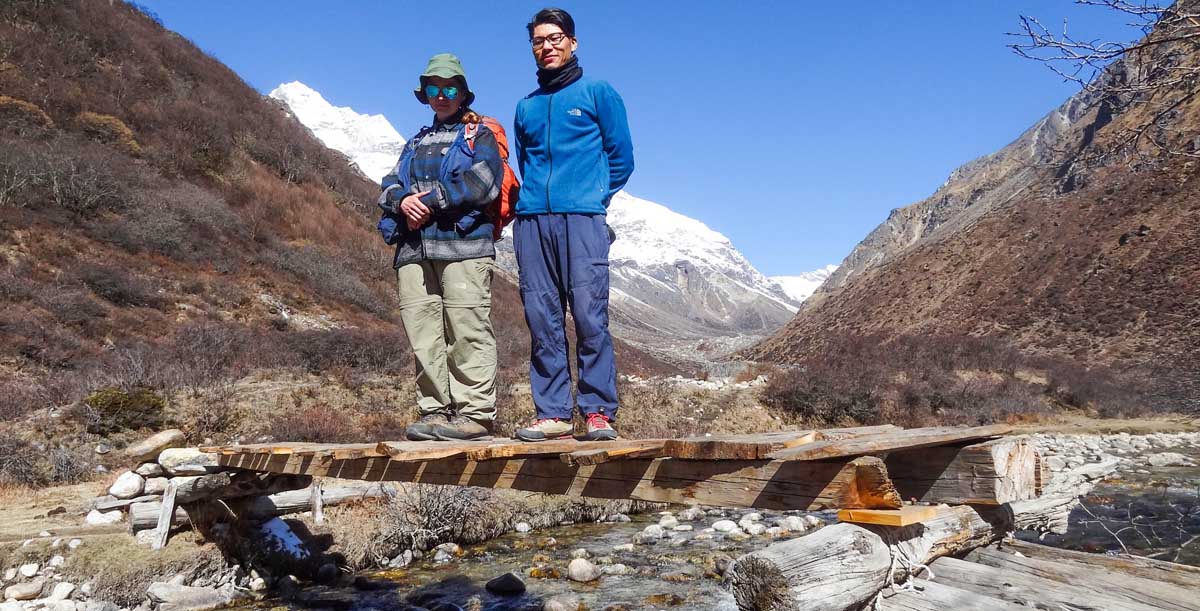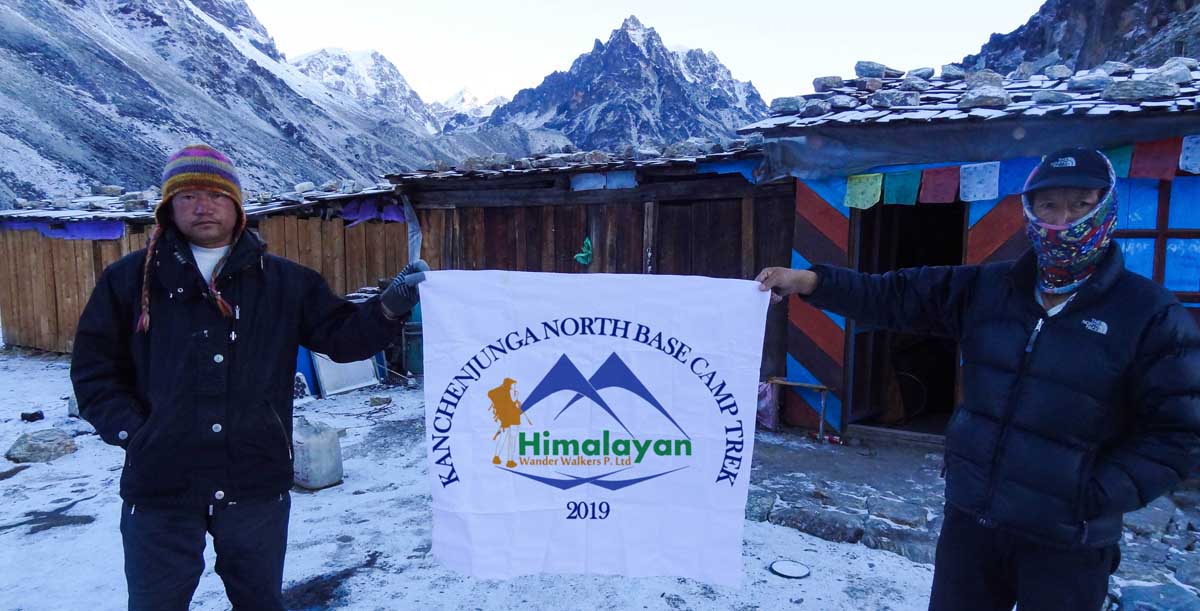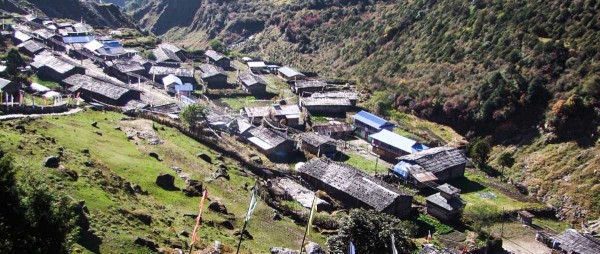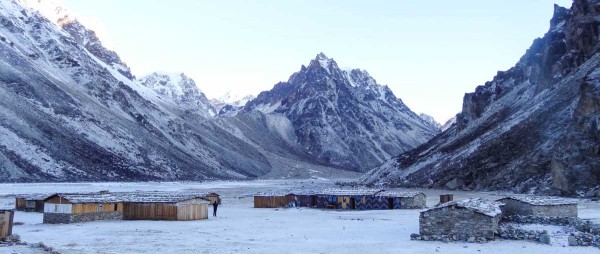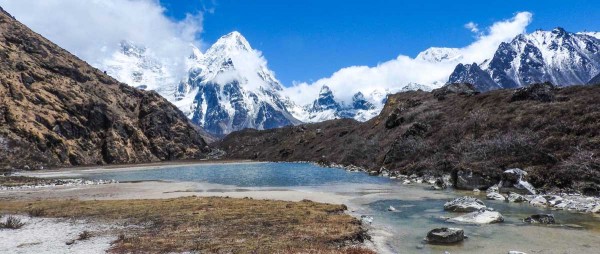Important Information
Region
Kanchenjunga Region Treks
Duration
17 Days
Max Altitude 5160m
Best Season April - October
Activity Per Day
5-6 hrs
Grade
Level 3
Group Size
2 - 20 people
Transportation Flight - Jeep
Kanchenjunga North Base Camp Trek is chosen as a less crowded and off-the-beaten route for Himalayan treks in eastern Nepal. Because of the difficulty in trekking to this area, it is considered a strenuous trek. This trek starts from the elevation of 1350 meters at Taplethok and reaches the highest point at Pang Pema (5,100 m) or Kanchenjunga North Base Camp en route the variety of landscapes like low land rhododendron forest, typical villages, high altitude moraine, and stunning glacier. From Pang Pema, you will have close-up views of the north face of Yalung Kang and Kanchenjunga. It is suggested that many trekkers stay overnight at Lhonak and visit Pang Pema the next day morning to have a better view including the sunrise view.
Trekking to Kanchenjunga became popular because of the Kanchenjunga Mountain itself which is the 3rd highest mountain in the world. In addition to that, this area is well protected by the Kanchenjunga Conservation Area Project (KCAP) where you can explore the different cultures from your day one trek to the last day. World Wild Life Fund (WWF) is working on the conservation of different endanger wild animals like red panda, Asian black Beer, and especially snow leopard by collaborating with the KCAP. This area is popular for Tea farming and cultivation of cardamom which can be seen on the trekking trail. This trek is perfect for all the snow-capped mountain lovers where the villages, people, and landscape provide real flavor to the trip.
Kanchenjunga North Base Camp Trekking Route:
Taking a flight from Kathmandu to Bhadrapur is the best way to reach your trek starting point at Rani Pool. If you are in a group of 10 or more then Himalayan Wander Walkers arrange a charter flight to Suketar which avoids the long drive from Bhadrapur to Taplejung via Illam. From Rani Pool, the dirt road leading to Olangchung Gola in the west and the trekking trail in the north. The trekking path follows the Ghunsa River via Amjilosa, Gyabla, Ghunsa, Khambachen, and eventually reaches Lhonak. After the exploration hike to Kanchenjunga North Base Camp, you will retrace to Taplejung and drive to Bhadrapur.
Include
Arrivals and departure transport by car (We will collect you from the Kathmandu international airport) and transfer to Hotel.
Half-day sightseeing in Kathmandu (Boudhanath and Pasupatinath) with city guide and necessary transport.
3 nights’ accommodation (2 persons per room) in Kathmandu in a 3* standard Hotel with breakfast.
Kathmandu - Bhadrapur & Bhadrapur – Kathmandu flight ticket.
All land transportations (a private car/bus)
Full Board Meal (Breakfast, Lunch and Dinner) during the whole trek.
Government licenced guide and a porter for two people.
Kanchenjunga special permits and national park entry permits.
Group First Aid Kit.
HWW Company Duffle Bag for luggage
Exclude
Meals & drinks during the trek and in Kathmandu (unless stated otherwise under ‘The trip cost includes’)
Personal trekking equipment
Travel/medical insurance
Emergency rescue evacuation
Phone calls
Internet
International air ticket
Tips for your trekking guide & porters at the end of the trek
If you’re forced to extend your trek due to bad weather or natural disaster circumstances, we are not liable to pay any compensation or otherwise be responsible for any expenses you may incur
Anything not mentioned in the ‘includes section’
Nepal entry visa Fee.
Important Information
* The Price given here is per person based on a minimum of 2 people. The price will be cheaper with an increase in the number of people.
* Single Supplement is applied (Incase if you are single)
CHECKLISTS FOR NORTH BASE CAMP TREK
- Valid passport (valid for six months from the date of your trip)
- One other picture ID, such as driver’s license (in case of emergency and for use as a substitute of passport or in case of loss of your passport) Photocopy of passport page to carry in a wallet
- Air tickets (Make a copy of flight tickets which may be helpful, in case of loss)
- Visa Clearance (Make a copy of visa clearance which may be helpful, in case of emergencies)
- MasterCard, Visa Credit, and Debit Cards are accepted in Nepal. However, traveler's cheques and some cash are highly recommended.
- Mobile (if your cell phone is from CINGULAR USA or ATNT (USA) operators then your cell phone will work in Nepal.)
Guiding, Food, and Lodging
Trekking in Nepal, all trekking supplies - Teahouse trekking means staying and eating in local lodges. We stay in single rooms where possible, but often you will have to share. The rooms are basic, normally just a bed with a pillow, blankets. A few have electric lights and all have a spacious dining room-lounge. We eat at teahouses and, although the food is usually plentiful and delicious, the menu is not extensive. They offer a variety of potatoes, rice and noodle dishes, as well as soup and seasonal vegetables. Beers and local spirits are often available, but that will be at your own cost. A variety of cereals, bread, and egg dishes are generally available for breakfast. There are also snacks available such as basic biscuits, chocolate, and soft drinks and in some areas, you will find fresh fruit in season. It is normal to meet your porter in the teahouse where you will stay overnight. So, pack your necessary things in your own day pack.
DRESS CODE FOR VISITING MONASTERIES, AND TEMPLES
- Shirt (either half or full sleeve)
- Full pants/long skirts
- Any type of shoes with socks
- No Hats, No Umbrella, No Slippers, No t-shirts, No short skirt, and No half-pants
- Photographs allowed in the courtyard only.
Note regarding itineraries
Although we generally adhere to the schedule, the itinerary is subject to change for numerous reasons beyond our control, including weather and terrain conditions, suitable campsite availability, and the group's general fitness level. It is important to understand that our trek is logistically complex and it is not unusual that adjustments be made. Our guide will orient you each evening to the following day's plan; their good judgment is the key to the long history of successful treks that Himalayan Wander Walkers has led till now. Please remember that our ability to make adjustments as needed helps to ensure that your trek is successful.
Frequently Asked Question
Although trekking gear is available in Nepal you are advised to bring your own gear.
Trekking or running shoes Camp shoes or thongs Socks (polypropylene)
Down or fiber-filled jacket Jumper or piled jacket Hiking shorts Waterproof jackets, poncho or umbrella Hiking pants T-shirts or blouses Underwear Sun hat
Rucksack Self Inflating Sleeping Mattress (optional) Water bottle Torch, batteries, and bulbs
Extra prices:
Let us help you decide Inquiry
